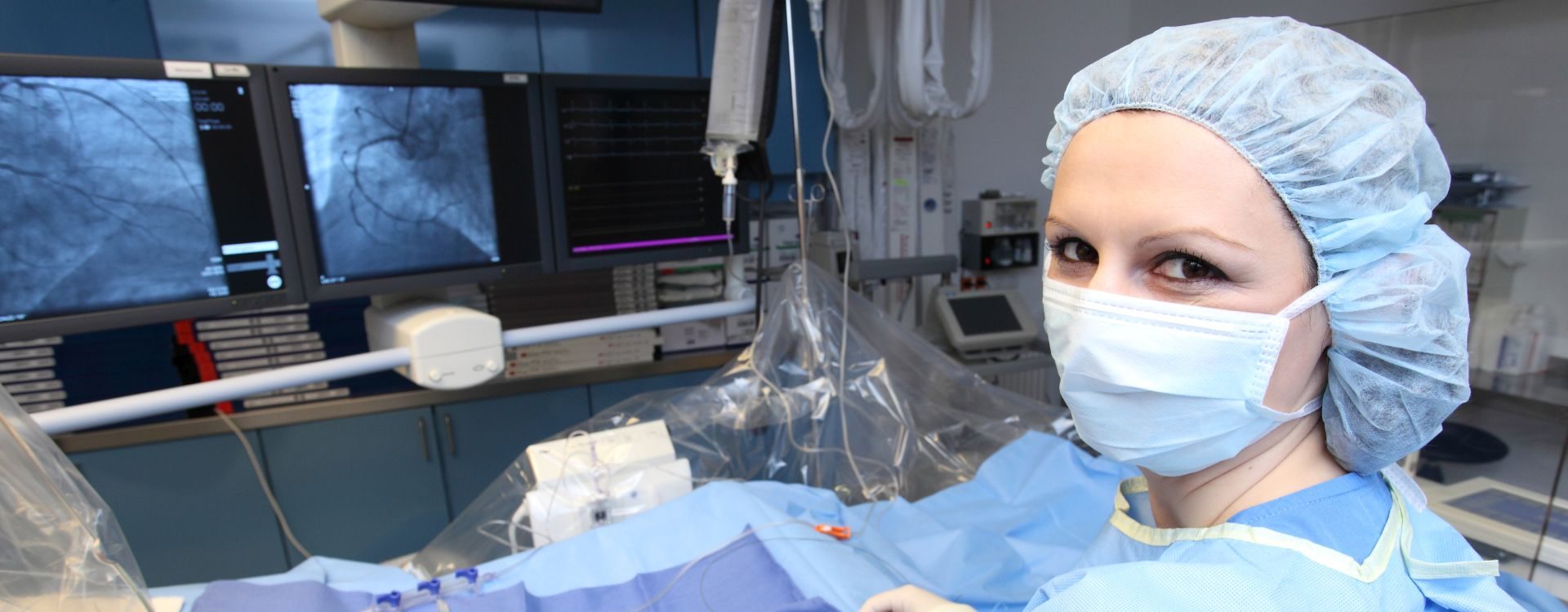

Bypass operation - procedure,
advantages, applicability
A bypass operation bridges narrow or blocked coronary vessels using a bypass made of small vein fragments, removing or by bypassing the internal mammary arteries.
A bypass operation is mainly carried out using a heart-lung machine through open heart surgery. However, keyhole surgery is also increasingly used to place a bypass. If only one coronary vessel is affected, the operation can be carried out through small lateral incisions without the use of a heart-lung machine.
The bypass has advantages if the three large coronary vessels are constricted or the main trunk of the left coronary artery is blocked. Alternatives to the bypass may in some cases be the expansion of the coronary vessels (PTCA), stent implantation, rotational coronary angioplasty or laser coronary angioplasty.
The successful functioning of the bypass strongly depends on the lifestyle of the patient. Proper nutrition, a disciplined exercise program and refraining from smoking can hold off the recurrence of occlusion for decades.

